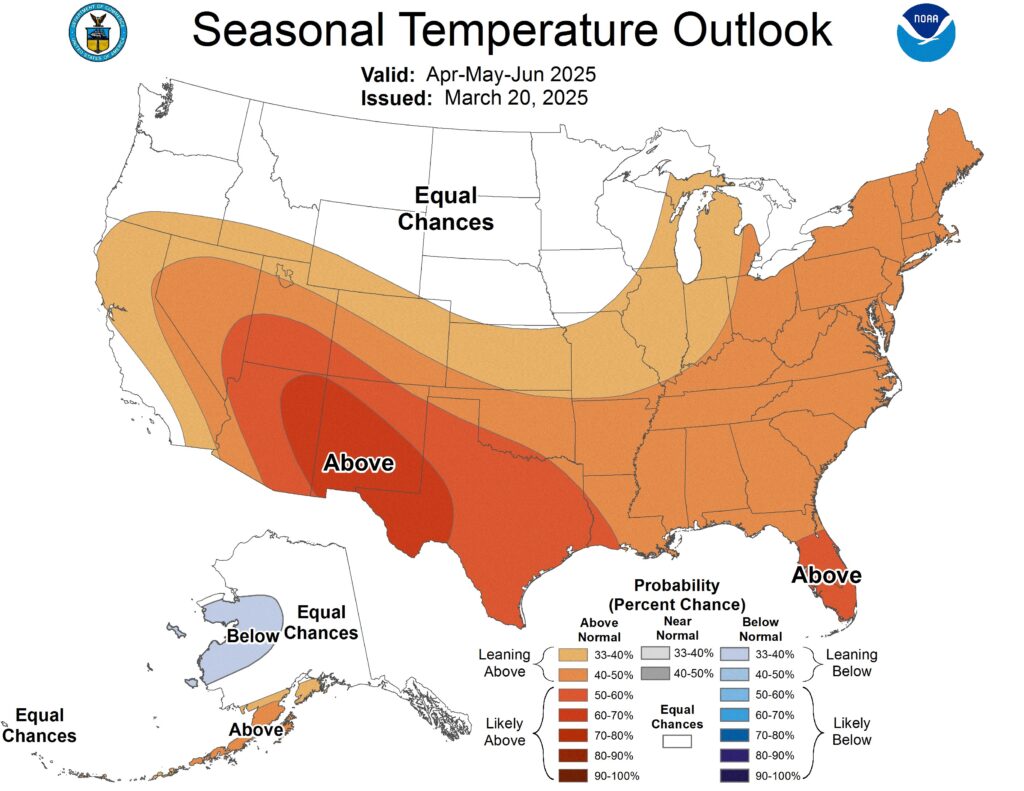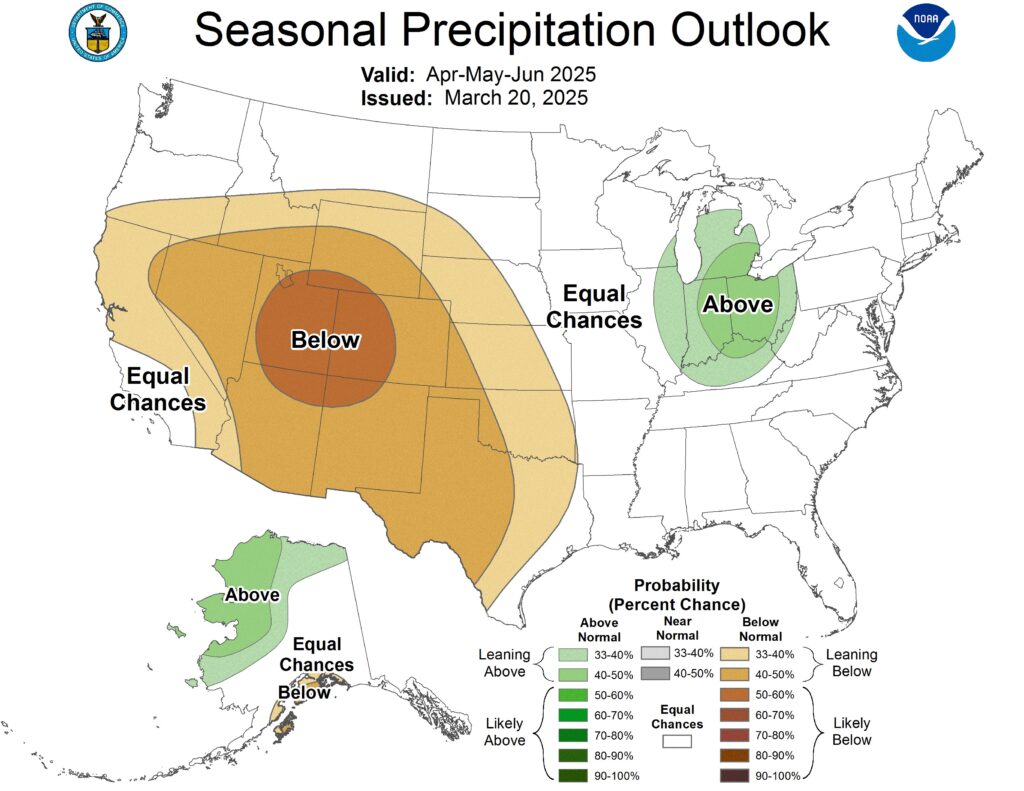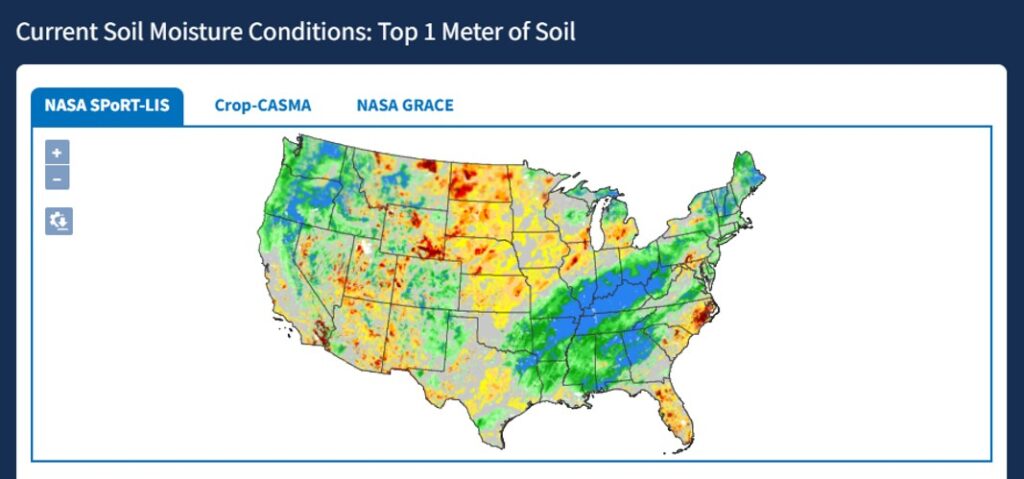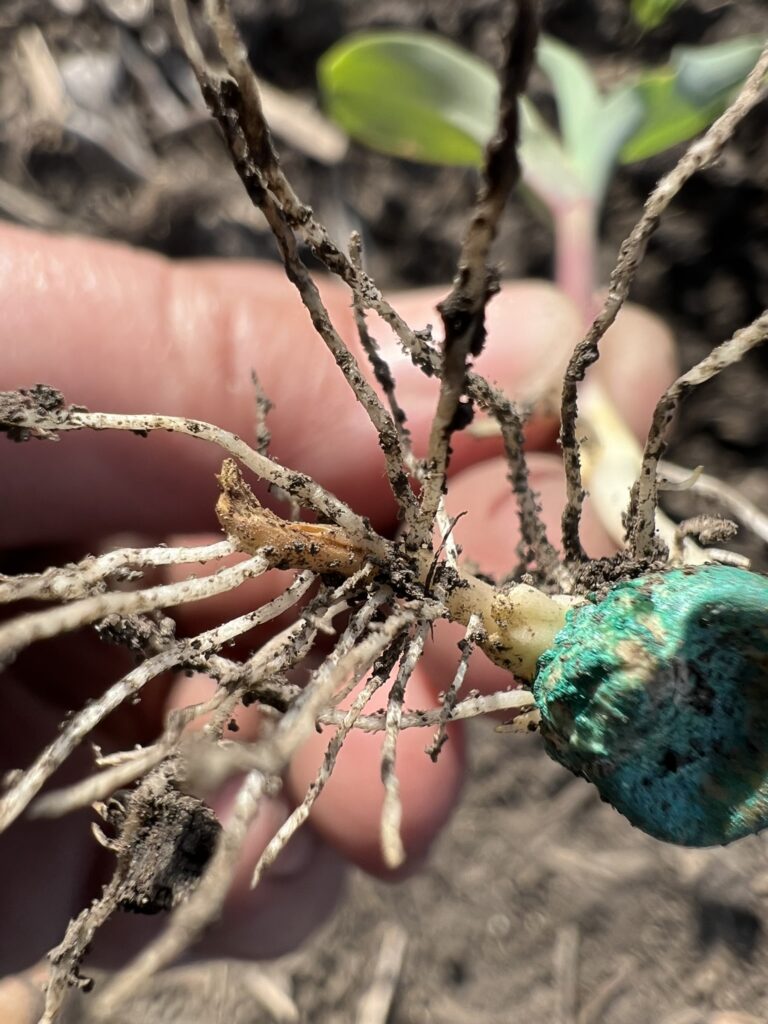As the 2025 corn and soybean planting season approaches, uncertainty looms over growers across the Corn Belt. Unpredictable spring temperatures, evolving agronomic threats, ever-tightening profit margins and shifting acreage expectations make the timing of planting decisions more critical than ever.
Making the “go or wait” decision on when to plant soybeans and corn is a heart-pounding stress test that growers endure year in and year out. At Advanced Agrilytics, our team works side-by-side with growers to have conversations about key planting time decision factors, such as tillage type, calendar dates, acres to be covered, available or required labor to do the job, etc. Laying out these details, combined with the customized, detailed crop management plans we’ve created with them helps our customers make the most informed planting time decisions possible.
What will Spring Weather Hold?
As April unfolds, meteorologists anticipate a mix of weather patterns that could influence planting decisions for corn and soybean growers. Here’s an overview of the expected temperature and precipitation trends:


These maps from the National Weather Service’s Climate Prediction Center show temperature and precipitation forecasts for the period of April, May and June. NOAA has predicted above-average temperatures for much of the U.S., including the Corn Belt for this 90-day period. But notice that on the temperature map, parts of the high plains and western corn belt fall into an “equal chances” area, meaning that meteorological models can’t predict temperatures above or below normal accurately, indicating continued volatility in terms of temperatures in these areas.

Given these varied conditions, it’s crucial for growers to stay informed through local forecasts and consider field-specific factors when planning planting schedules. Collaborating with agronomic experts can aid in navigating these challenges effectively. Precision Agronomist Erika Parker outlines three key considerations for 2025 planting decisions and what to watch for during emergence.
1. Imbibitional Chilling Injury: A Hidden Threat to Corn Establishment
Early-season planting can maximize yield potential, but it also opens the door to cold-related injury. One of the most overlooked risks is imbibitional chilling—a condition where cold water (<50°F) is absorbed by corn seeds shortly after planting. That cold shock can rupture delicate cell membranes and impair germination.
Common symptoms include:
- Corkscrewed or malformed mesocotyls
- Aborted or damaged radicles
- Excess seminal roots
- Seeds that swell but fail to emerge
These symptoms can reduce plant stands and introduce variability that hurts yield later in the season. Fields with a history of seedling disease are particularly vulnerable under cool, damp conditions.


In 2025, growers can stay ahead of these risks by leveraging resources like the University of Illinois’ Water and Atmospheric Resources Monitoring Program (WARM) to monitor real-time soil temperatures.
But even more valuable is field-specific support. Advanced Agrilytics teams use spatial analysis and historical field data to help identify which zones in a field are most prone to early-season stress—allowing for smarter planting timing and hybrid selection.
2. Delayed Emergence and Coleoptile Rupture: The Clock is Ticking
Corn has a biological “timer” that starts the moment it’s planted. Ideally, seedlings emerge within 3 weeks. After that, internal mechanisms can cause the coleoptile—a protective sheath that shields the first leaves—to rupture prematurely.
Normally, the coleoptile pushes through the soil, spikes through it, senses or “sees” sunlight and then ruptures, allowing the leaves to become exposed to sunlight and develop normally. But prolonged exposure to cold soils, cloddy seedbeds, or mechanical injury can cause “leafing out” or coleoptile rupturing underground. The result? Leafing out below the surface, which dooms the seedling before it even sees the light of day.
3. Crop-Specific Risks: Soybeans vs. Corn in 2025
The decision matrix changes depending on the crop—and in 2025, each comes with distinct advantages and vulnerabilities.
For Soybeans:
- The biggest concern is frost injury after emergence. The Old Farmer’s Almanac provides an interactive map showing frost dates and even has a calculator that allows you to get a prediction of when frost will hit your zip code. You can access that here.
- This risk increases in no-till fields, where crop residue can trap cold air near seedlings.
Pro tip: Planting soybeans in worked ground first can help minimize risk, as those soils warm faster.
For Corn:
- The primary concerns remain imbibitional chilling and delayed emergence.
- But late May planting can carry its own costs—forcing decisions in marginal conditions or risking crusting and soil compaction post-rainfall.
- Another risk of planting in late May is that it reduces the length of the growing season for those plants. It’s the equivalent of running a factory for fewer hours each week and expecting the same productivity as a factory running at full capacity. It sets up the plants to have a reduced opportunity to thrive and take advantage of the crucial grainfill season.
Many growers choose to get a test pass in early, ensuring everything is field-ready when that optimal window opens.
Moving Forward: A Strategic Approach to Planting in 2025
Making the right call on planting isn’t about finding a single “perfect” date. It’s about stacking the odds in your favor—field by field, crop by crop. Here’s what we recommend heading into this season:
- Leverage field-specific data to determine where early planting is viable.
- Prioritize soybeans in worked ground for early planting with lower frost risk.
- If planting corn early, target dark, well-drained soils and monitor soil temperature closely.
- Be patient with emergence. Seedlings need 3+ weeks before final assessments can be made—especially for replant decisions.
At Advanced Agrilytics, we believe better decisions start with better data. Our agronomic experts combine in-field observations with a spatial lens to help you:
- Reduce emergence variability
- Minimize cold injury risk
- Reduce risk for replant scenarios
- Optimize yield potential across every acre
Ready to Go?
Weather, labor, and soil conditions are always moving targets—but your planting plan doesn’t have to be. Your Advanced Agrilytics team can offer “real-time” agronomic observations and in-depth spatial analysis to help assess and prioritize your planting timing decisions.
Contact us here today, or email us at info@advancedagrilytics.com, or call (877) 327-6428 (877-FARM GATE).